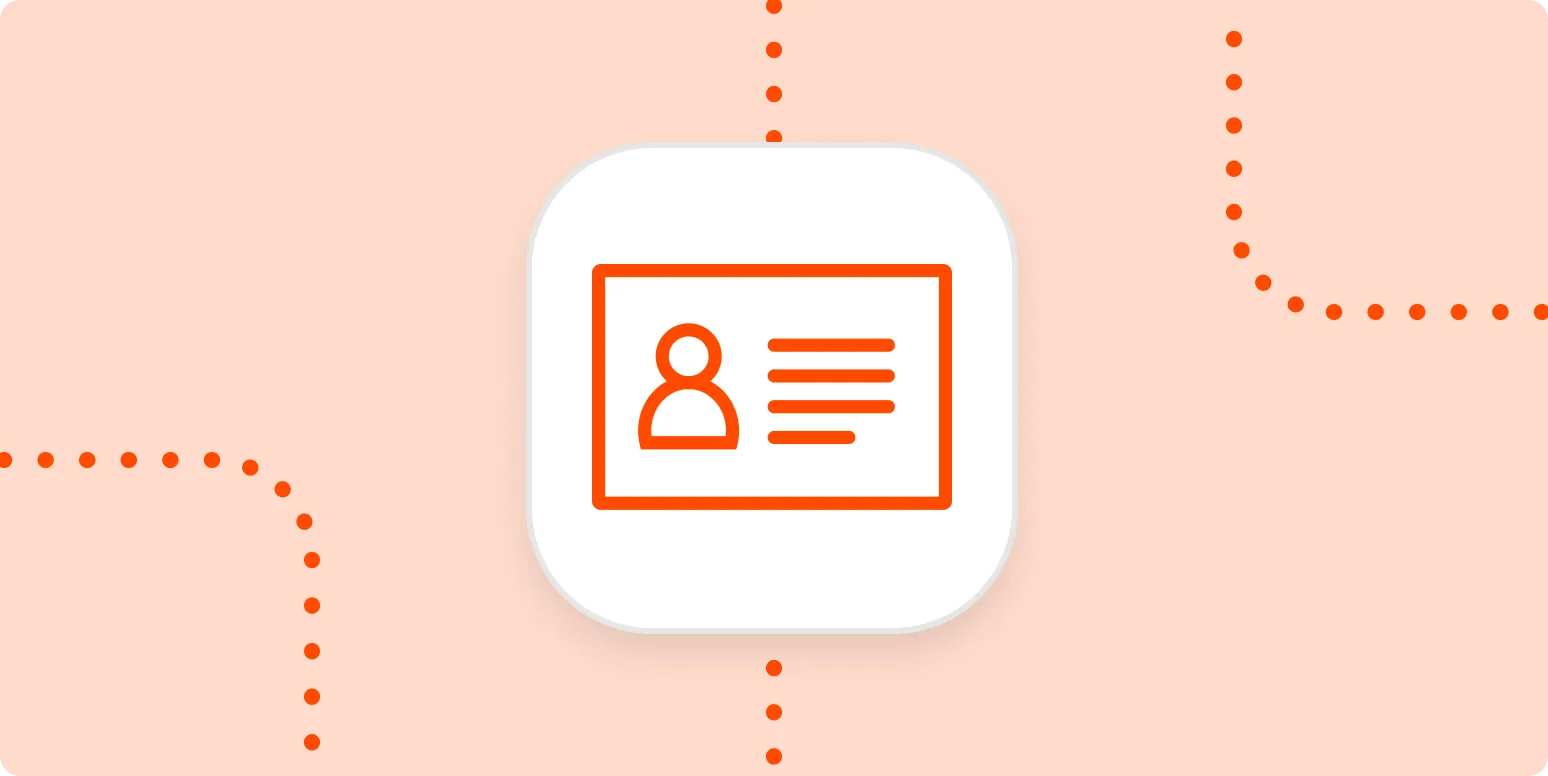Understanding Progressive Profiling
Progressive profiling is a strategic approach to collecting customer data gradually over time rather than all at once. This technique allows businesses to avoid overwhelming customers with lengthy forms, enhancing the user experience while still gathering essential information. By implementing progressive profiling, companies can build a more complete customer profile through incremental data collection, aligning perfectly with the principles of effective customer relationship management.
Why Choose Progressive Profiling?
The traditional method of data collection often involves lengthy forms that can deter potential customers. In contrast, progressive profiling offers a more customer-friendly approach. Here are several benefits of using progressive profiling:
- Enhanced User Experience: Customers appreciate a seamless experience. By asking for information gradually, businesses can make the process feel less invasive.
- Increased Engagement: By asking relevant questions at different stages of the customer journey, companies can maintain engagement and foster trust.
- Higher Conversion Rates: Shorter forms lead to higher completion rates, which can significantly improve conversion rates.
How Progressive Profiling Works
Progressive profiling operates on the principle of collecting data in small, manageable chunks. Typically, businesses start by asking for fundamental information like an email address, then follow up with more detailed questions over time. The key is to ensure that each interaction feels relevant and valuable to the customer.
Here's a simplified chart illustrating the typical stages of progressive profiling:
| Stage | Information Collected | Purpose |
|---|---|---|
| Initial Contact | Email Address | Basic identification |
| Follow-Up | Name and Preferences | Personalization |
| Post-Engagement | Purchase History | Targeted marketing |
| Ongoing Interaction | Feedback and Interests | Continuous improvement |
Implementing Progressive Profiling
To successfully implement progressive profiling, businesses should consider the following steps:
- Define Objectives: Clearly outline what data is needed and how it will be used to enhance customer experience.
- Segment Audiences: Tailor questions based on customer segments. Different audiences may respond better to different types of inquiries.
- Utilize Technology: Leverage CRM systems and marketing automation tools to track and manage customer data effectively.
- Monitor and Adjust: Continuously analyze the effectiveness of your progressive profiling strategy and make adjustments based on customer feedback and behavior.
Best Practices for Progressive Profiling
To maximize the effectiveness of progressive profiling, consider the following best practices:
- Keep It Relevant: Ensure that each question aligns with the customer's journey and interests.
- Be Transparent: Communicate why you are collecting information and how it will benefit the customer.
- Offer Value: Provide incentives such as discounts or exclusive content in exchange for sharing information.
- Test and Optimize: Regularly test different approaches and optimize based on conversion rates and customer feedback.
Integration with Marketing Strategies
Progressive profiling can significantly enhance various marketing strategies, including email marketing, content marketing, and targeted advertising. By understanding customer preferences and behaviors, businesses can create personalized marketing campaigns that resonate with their audience.
Conclusion
Progressive profiling represents a non-icky way to collect customer data, enabling businesses to build comprehensive customer profiles without overwhelming their audience. By implementing this approach, companies can enhance user experience, increase engagement, and ultimately drive higher conversion rates. As businesses continue to prioritize customer-centric strategies, progressive profiling will play an essential role in fostering strong, lasting relationships with customers.
Incorporating progressive profiling into your marketing strategy can transform how you interact with customers, making data collection a seamless and effective process. As you consider your own implementation, remember to focus on relevance, transparency, and value to create the best experience for your audience.





